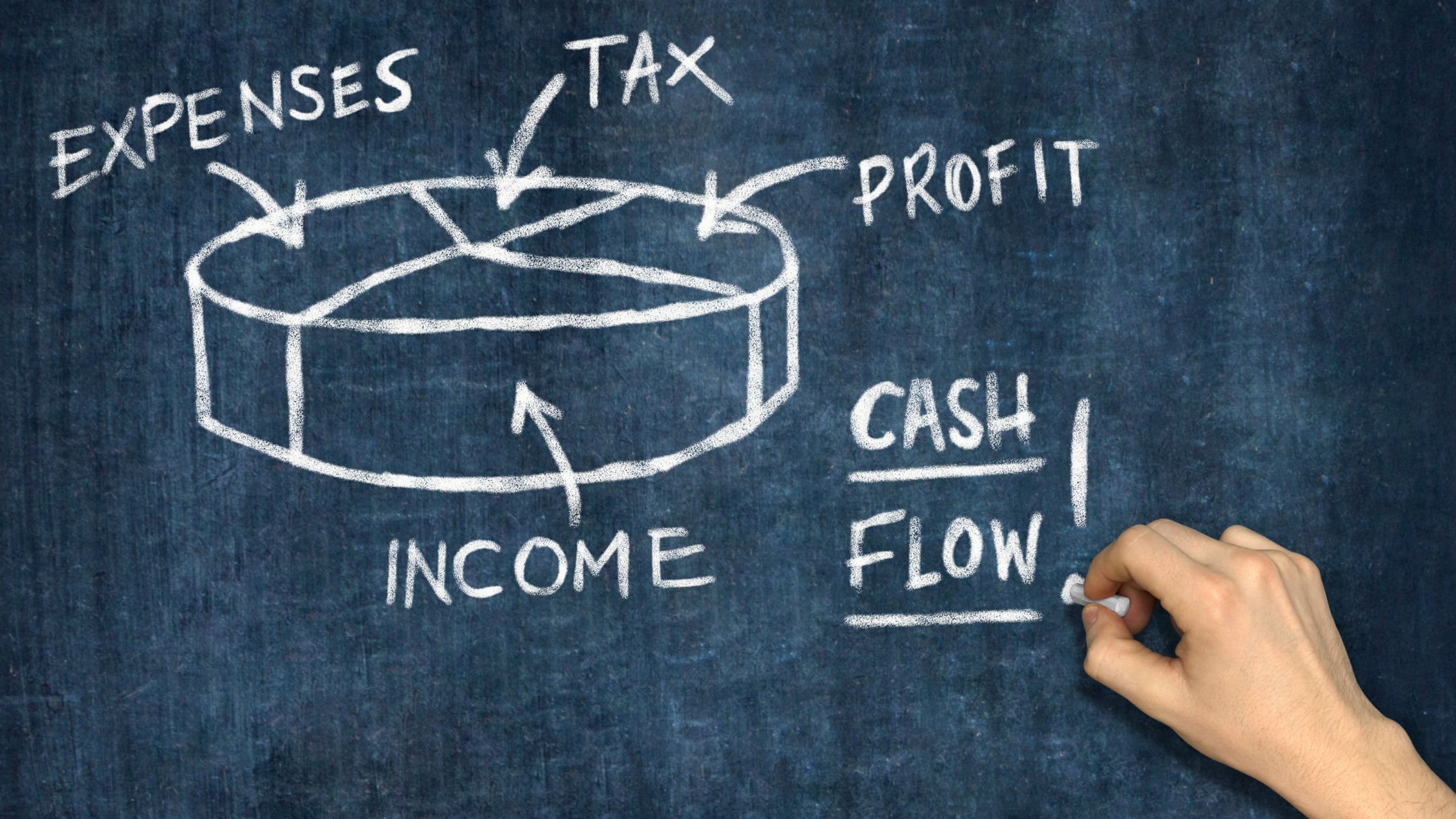How to Analyze a Rental Property for Cash Flow:
A Step-by-Step Guide
Investing in rental properties can be an excellent way to build long-term wealth—but only if the numbers make sense. Evaluating potential cash flow before purchasing is essential. This guide explains how to analyze a rental property for cash flow, ensuring you make informed investment decisions in today’s market.

What Is Cash Flow and Why It Matters
Cash flow is the income you receive from a rental property after all expenses are paid. Positive cash flow means reliable income and growing equity; negative cash flow can lead to monthly losses. Understanding cash flow is crucial for assessing an investment’s profitability and sustainability.
Step 1: Estimate Rental Income
Start with realistic income projections:
- Market rent: Research comparable rental listings in the area.
- Gross Rental Income: Multiply the expected rent by 12.
- Vacancy Rate: Apply a conservative estimate (usually 5–10%) to account for unoccupied periods.
Example:
Monthly rent: $1,800
Annual gross: $21,600
Vacancy (8%): –$1,728
Adjusted income: $19,872/year
Step 2: Calculate Rental Expenses
Calculate both fixed and variable costs:
- Mortgage payment (principal and interest)
- Property taxes and insurance
- Property management fees (if applicable)
- Maintenance and repairs (budget 5–10% of the rent annually)
- HOA dues (if in a community)
- Utilities (if covered by owner)
- Miscellaneous costs: legal fees, accounting, advertising, turnover fees
Step 3: Determine Net Operating Income (NOI)
Net Operating Income = Adjusted rental income – operating expenses (excluding debt payments).
Step 4: Calculate Cash Flow
Cash Flow = NOI – annual mortgage payments
- Positive cash flow: Generates income monthly
- Break-even: Covers all costs but no profit
- Negative cash flow: May still offer value through equity or appreciation, but carry ongoing costs
Step 5: Assess Cash Flow Metrics
▶️ Cash-on-Cash Return
Measures ROI on actual cash invested:
=(Annual Cash Flow) ÷ (Total Cash Invested)
▶️ Cap Rate (Capitalization Rate)
Analyzes cash flow as a percentage:
= (NOI) ÷ (Property Price)
Boost Cap Rate by increasing rent, lowering expenses, or reducing purchase price.
Step 6: Evaluate Risks & Variables
- Market rental rate fluctuations
- Unexpected repairs or vacancies
- Financing terms and interest rate changes
- Local economic and job market conditions
- Regulatory environment and landlord laws
Step 7: Use a Financial Model
A spreadsheet or rental property calculator helps track:
- Purchase details: price, down payment, interest rate
- Income and expenses, upfront costs
- Annual cash flow, cash-on-cash return, cap rate
Step 8: Run Multiple Scenarios
Assess best- and worst-case situations:
- Conservative rent assumptions
- Higher vacancy or maintenance costs
- Interest rate increases
- Lower rental market performance
Why This Analysis Matters
- Confirms Profitability: Lets you gauge income vs. cost
- Supports Financing Applications: Lenders use performance metrics
- Sets Investment Goals: Helps determine if property meets ROI targets
- Reveals Weaknesses: Highlights potential risks before purchase
Final Thoughts
Learning how to analyze a rental property for cash flow is a foundational skill for real estate investors. This process protects your investment and ensures you make sound decisions with confidence.

